Multi Day Adventure : Taste of Nepal 21
Explore the rich diversity of Nepal
Taste of Nepal 21
This multi-activity 21 days itinerary curates a thrilling blend of cultural immersion, breathtaking landscapes, heart-pounding thrills, and soul-stirring moments. Immerse yourself in the vibrant chaos of Kathmandu's streets, then find serenity by the glistening lakes of Pokhara. Conquer challenging Himalayan passes, and encounter the untamed wilderness of Chitwan National Park on a captivating jungle safari and incomparable cultural experience.
SEASON
OCT - NOV / MARCH - APRIL
DIFFICULTY
3 0UT 5 / MODERATE
GROUP SIZE
2 - 12 PERSONS
MAX ALTITUDE
5,416 M
Duration : 21 Days
Daily Activity : 5 - 6 hours
Starting From
$2,900
Multi Day, Multi Adventure
Nepal offers an unforgettable adventure that caters to all your senses. Trek through majestic trails, conquering diverse terrains and soaking in panoramic mountain vistas. Tackle exhilarating rapids on a white-water rafting expedition. Jump on a Chitwan jungle safari to spot majestic tigers, rhinos, and a plethora of exotic creatures.
Immerse yourself in Nepal's vibrant culture by exploring ancient temples, witnessing traditional ceremonies, and interacting with welcoming locals. Prepare to be captivated by the wonders of this Himalayan nation and forge lifelong memories on this unforgettable expedition.
Itinerary
-
Day 1 Kathmandu
Welcome to the enchanting land of Nepal! As you step off the plane, our friendly team will be eagerly awaiting your arrival to whisk you away to your comfortable hotel in Kathmandu. Take some time to rest and prepare for the incredible adventures that await you.
-
Day 2 Kathmandu
Today, we'll dive straight into the rich cultural wonders of Kathmandu, the vibrant capital city of Nepal. With an expert local guide leading the way, we'll embark on a captivating sightseeing tour to explore the city's UNESCO World Heritage Sites. First, we'll climb up to Swayambhunath Stupa (Monkey Temple) situated at an elevation of approximately 1,420 meters. Next, we'll head to Boudhanath Stupa located at an altitude of approximately 1,350 meters, and finally, visit Pashupatinath Temple at an elevation of approximately 1,400 meters. These elevation figures may vary slightly depending on the specific location within the city.
-
Day 3 Besisahar
After a hearty breakfast, get ready for a scenic drive from Kathmandu to Besi Sahar, a picturesque town located at an altitude of approximately 820 meters. As we traverse through lush green hills and quaint villages, you'll get a glimpse of the diverse landscapes that Nepal has to offer. Besi Sahar marks the starting point of our epic Annapurna Circuit adventure, where thrilling experiences await.
-
Day 4 Upper Pisang
Today, we'll continue our journey to Upper Pisang, a village nestled at an altitude of approximately 3,700 meters. The adventure intensifies as we hop on a jeep for a thrilling ride through terraced fields and dense forests. The captivating views of Annapurna II and III serve as a constant reminder of the majestic mountains that surround us, promising more breathtaking moments on our expedition.
-
Day 5 Manang
As we lace up our trekking boots, we venture towards Manang, a culturally rich village that sits at an elevation of approximately 3,510 meters. Along the way, we pass through the picturesque village of Ghyaru, situated at an altitude of approximately 3,670 meters, offering a unique opportunity to interact with warm-hearted locals and witness their traditional lifestyle. Surrounded by the awe-inspiring Annapurna range, this scenic trek is a feast for the eyes and soul.
-
Day 6 Manang
Today, we prioritize your well-being and allow ample time for altitude acclimatization in the tranquil village of Manang. This rest day, at an elevation of approximately 3,510 meters, offers the chance to explore the village, visit ancient monasteries, and perhaps indulge in some local delicacies. As we take in the fresh mountain air, we nurture our bodies and prepare for the adventure ahead.
-
Day 7 Shrikharka
Feeling refreshed and acclimatized, we set off for Shrikharka, a picturesque destination at an altitude of approximately 4,080 meters. The trail takes us through alpine landscapes, surrounded by snow-capped peaks that seem to touch the sky. Embrace the pure mountain air and find inner peace in this serene setting.
-
Day 8 Tilicho Basecamp
Today, we venture toward the mesmerizing Tilicho Base Camp, situated at an altitude of approximately 4,200 meters. As we ascend, we are captivated by the gradual transformation of the scenery, from lush greenery to rugged terrain. The excitement builds as we anticipate reaching the high-altitude Tilicho Lake, a surreal destination that awaits us.
-
Day 9 Tilicho Lake
Rise early to witness the breathtaking sunrise over Tilicho Lake, the highest lake in the world. As the first rays of sunlight caress the turquoise waters, the surrounding snow-capped peaks are reflected in perfect harmony. This magical moment is etched in our hearts as we trek back to Shrikharka, cherishing the memories of this extraordinary day.
-
Day 10 Yakkharka
As we continue our journey, the landscapes become more rugged and dramatic. Yakkharka, a high-altitude grazing pasture, welcomes us with open arms and offers stunning views of the Annapurna range. Immerse yourself in the tranquility of the Himalayas and marvel at nature's splendor.
-
Day 11 Thorang Phedi
Today, we make our way to Thorang Phedi, the base camp before the exhilarating Thorong La Pass crossing. The challenging terrain adds to the excitement, and we are surrounded by a panorama of snow-capped peaks at every turn. Rest well tonight, as tomorrow brings an unforgettable adventure.
-
Day 12 Thorang La Pass
The day we've been eagerly waiting for has arrived! Rise before dawn to begin the exhilarating journey across Thorong La Pass, the highest point of the trek. As we conquer the pass, a sense of accomplishment washes over us while we marvel at the panoramic views of the Himalayan giants. The thrill of triumphing over the mountains fills us with awe and reverence. Descending to Muktinath, a sacred site revered by both Hindus and Buddhists, we find solace and spiritual rejuvenation in this sacred sanctuary.
-
Day 13 Muktinath
Today, we bid farewell to the mountains as we embark on a scenic jeep ride to the tranquil lakeside city of Pokhara. The journey is filled with breathtaking views of the surrounding hills and valleys, allowing us to reflect on the incredible experiences of the past days. Upon arriving in Pokhara, take a moment to relax and savor the memories of this awe-inspiring journey.
-
Day 14 Pokhara
After the thrill of the adventure, it's time to unwind and find your inner balance with a soothing yoga session by the serene Phewa Lake. The tranquil ambiance nurtures your body and mind, providing a perfect opportunity to reflect on the journey's transformative experiences. Explore the charming lakeside area, filled with quaint cafes and boutique shops, as you embrace the serenity that surrounds you.
-
Day 15 Upper Seti River
Today, we add some excitement to your journey with a thrilling white-water rafting experience on the Upper Seti River. Feel the rush of adrenaline as you navigate the rapids, cherishing the camaraderie of your fellow adventurers. Afterward, relax and revel in the natural beauty that surrounds you in Pokhara, creating lasting memories of adventure and laughter
-
Day 16 Chitwan National Park
Get ready to immerse yourself in the pristine wilderness of Chitwan National Park, a UNESCO World Heritage Site renowned for its biodiversity and conservation efforts. The drive to Chitwan takes you through lush forests and rural landscapes, setting the stage for an unforgettable wildlife encounter.
-
Day 17 Jungle Safari
Today promises excitement and adventure as you embark on a captivating jungle safari in Chitwan National Park. Journey deep into the heart of the jungle, keeping your eyes peeled for glimpses of the world-famous one-horned rhino, majestic elephants, elusive tigers, and a myriad of exotic bird species. Your experienced guide will share fascinating insights into the park's biodiversity and conservation efforts, making this wildlife encounter both thrilling and educational.
-
Day 18 Boating, Bird Watching, Culture tour
Today's adventure offers a unique blend of cultural and natural delights. Enjoy a historic local wooden boat ride, gracefully gliding along the tranquil waters of Chitwan's rivers, as you take in the picturesque surroundings. Keep your binoculars ready for bird watching, as the park boasts an incredible diversity of bird species. In the evening, immerse yourself in the cultural delights of the Tharu community as you witness a traditional Tharu cultural dance, gaining insights into their customs and traditions.
-
Day 19 Kathmandu
As your multi-adventure journey draws to a close, we journey back to Kathmandu, retracing the path we took at the beginning of this incredible odyssey. The scenic drive offers a perfect opportunity to reflect on the memories you've made and the friendships you've forged along the way. Arriving back in Kathmandu, take this time to explore the vibrant city one last time, perhaps picking up some souvenirs to cherish the memories of your Pure Taste of Nepal multi-adventure.
-
Day 20 Departure
It's time to bid farewell to this enchanting land that has left an indelible mark on your heart. Your Taste of Nepal multi-adventure journey may come to an end, but the memories and experiences will remain with you forever. Our team will ensure you reach the airport in time for your departure, leaving with your heart full of the beauty and warmth of Nepal, promising that this incredible adventure has been a true taste of Nepal's diverse landscapes, rich culture, and unforgettable moments.

Slide title
Write your caption hereButton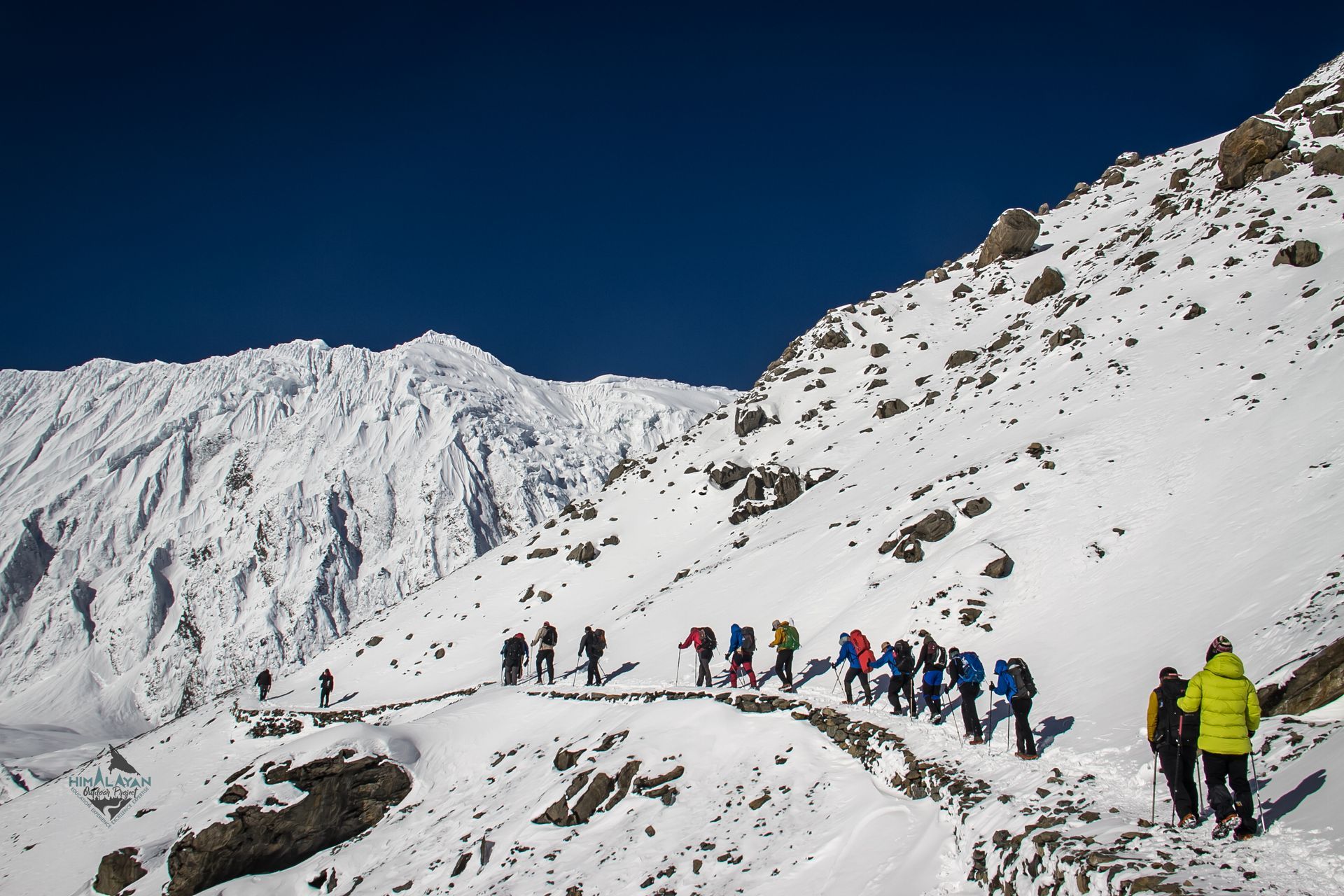
Slide title
Write your caption hereButton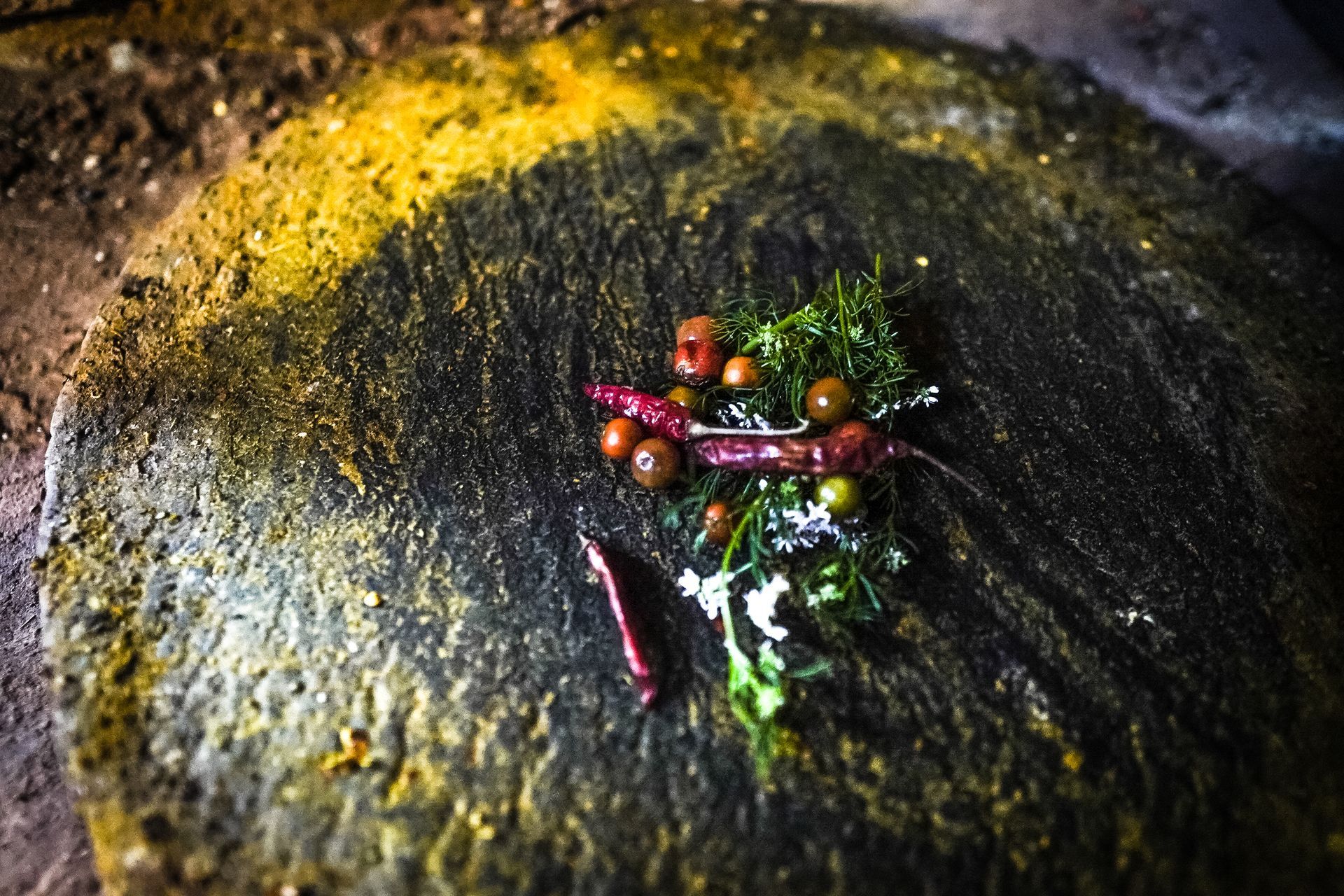
Slide title
Write your caption hereButton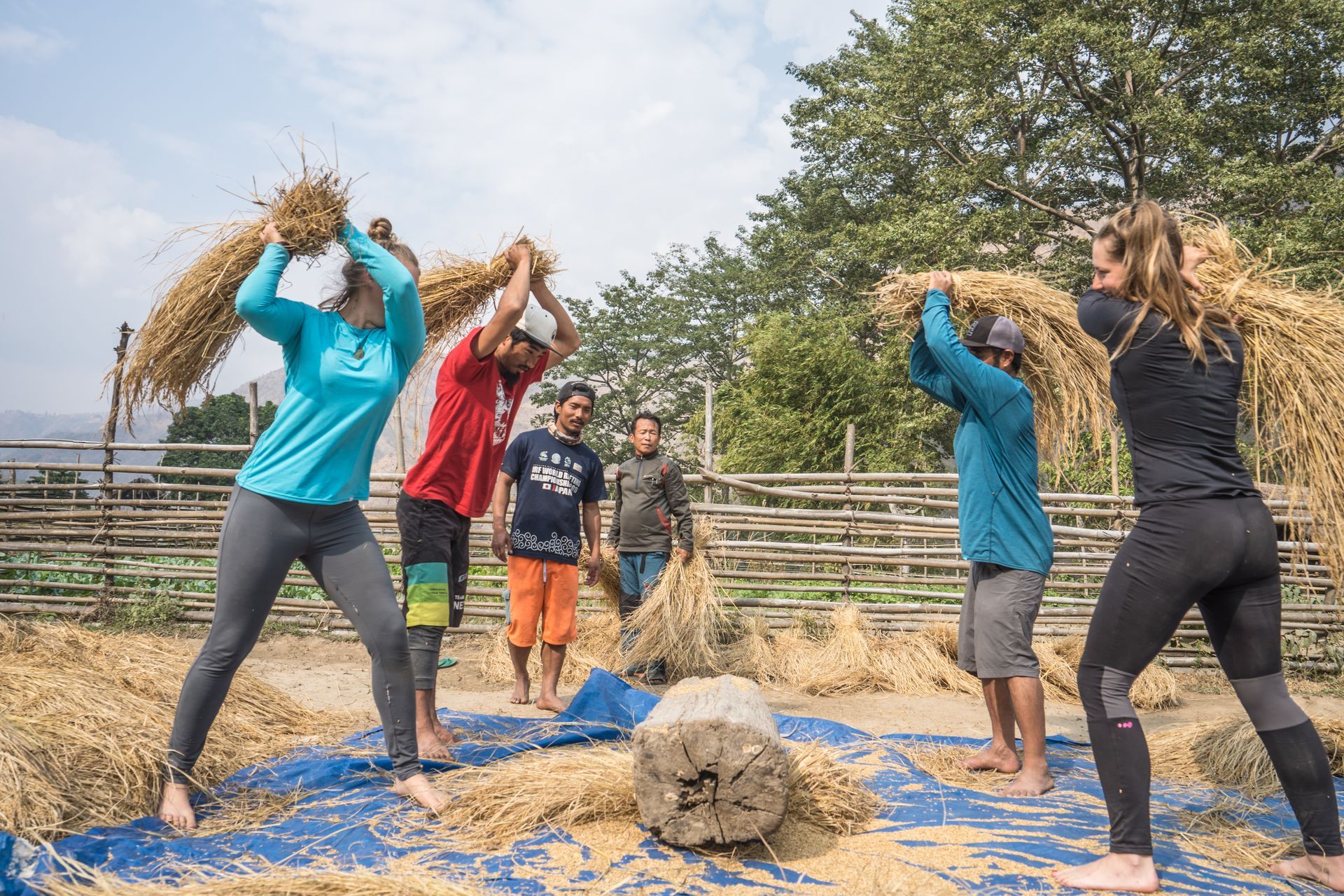
Slide title
Write your caption hereButton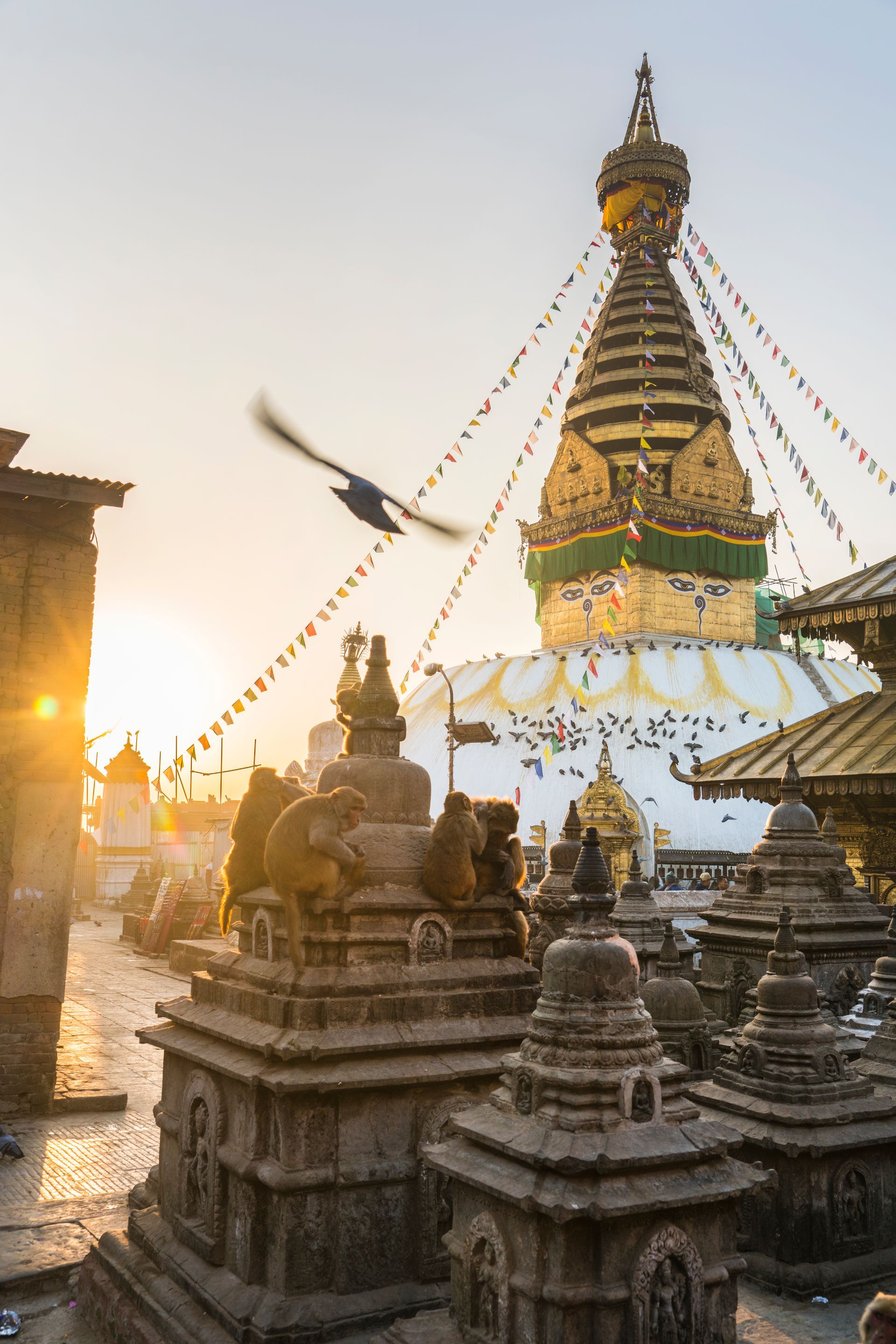
Slide title
Write your caption hereButton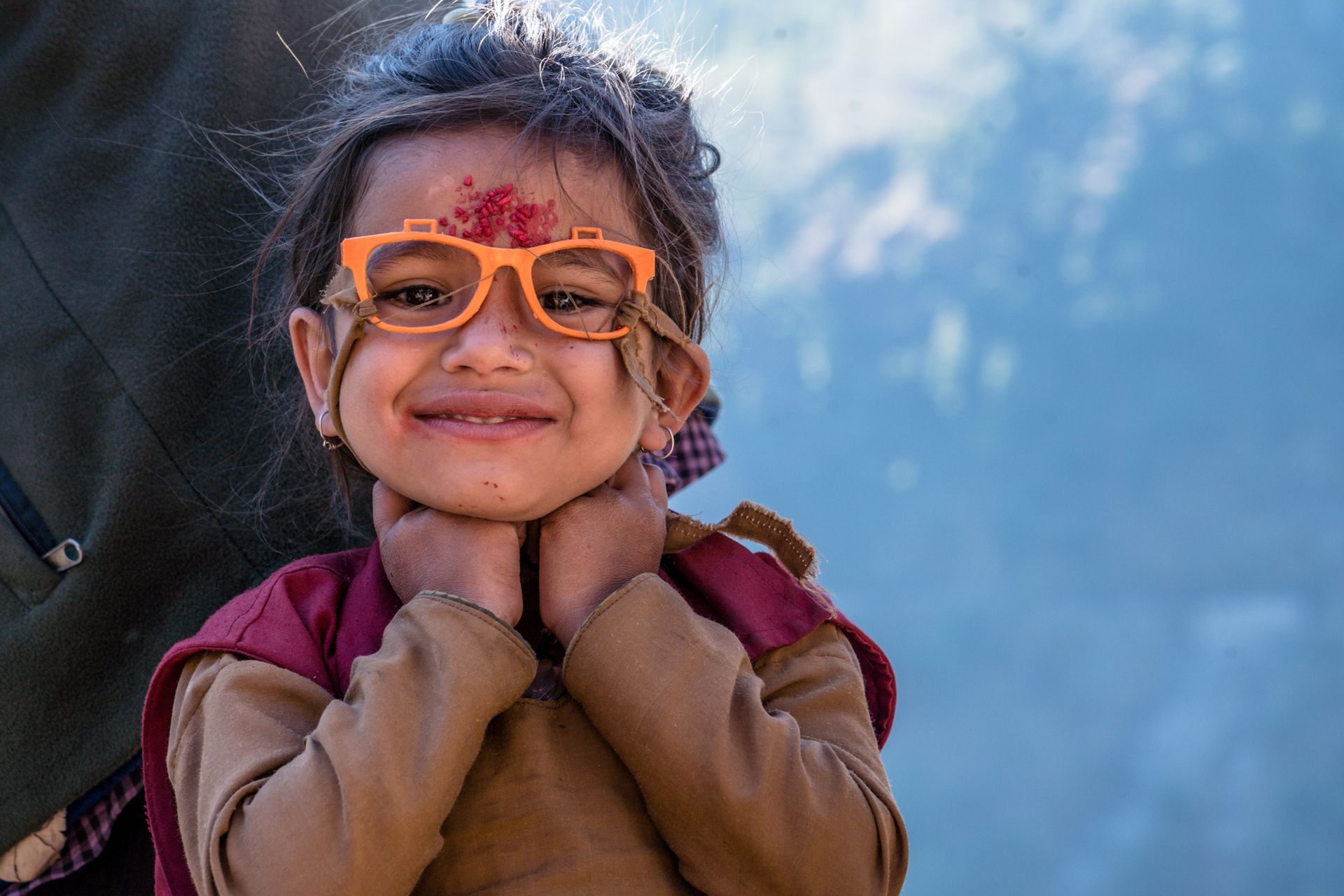
Slide title
Write your caption hereButton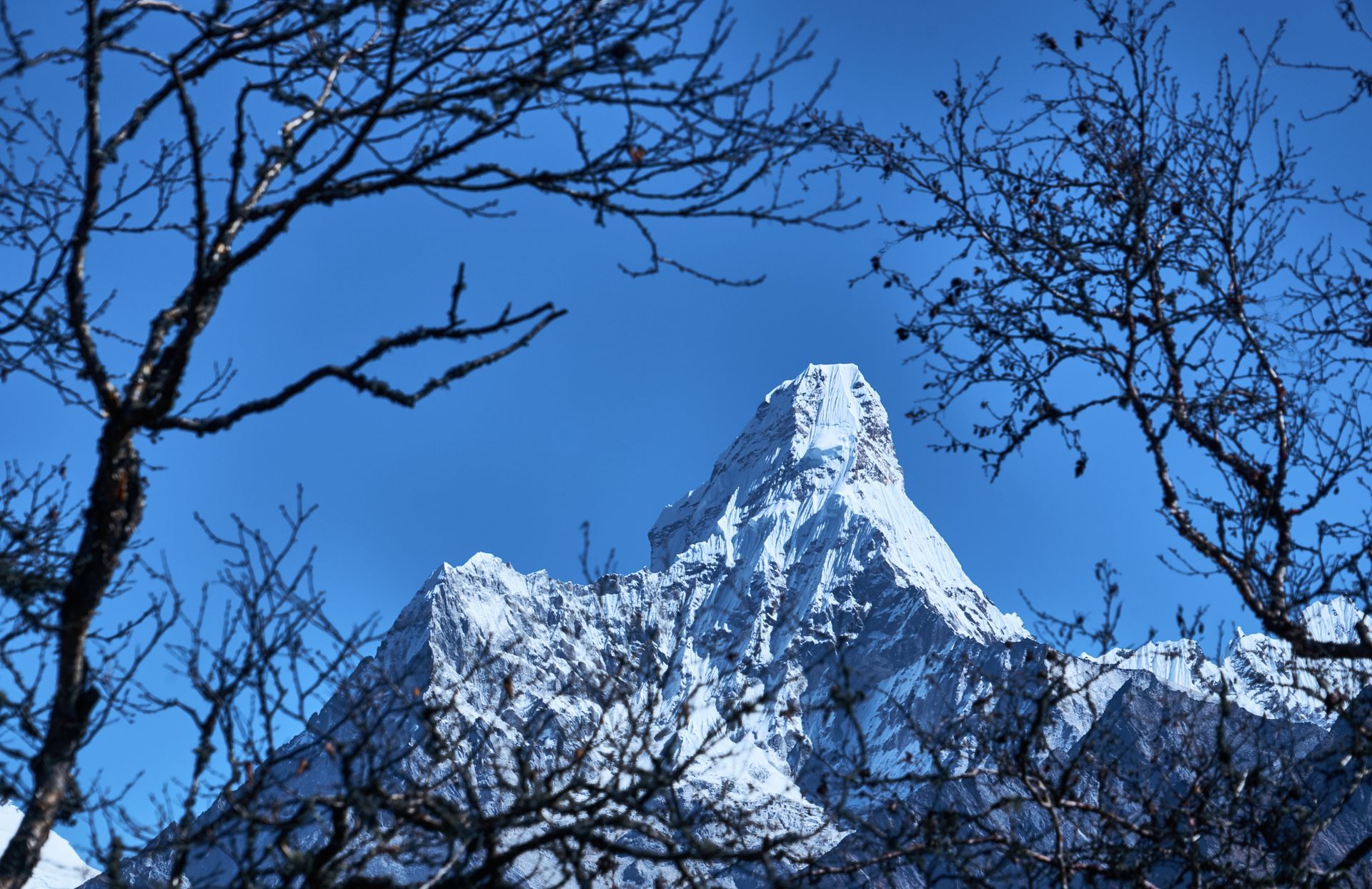
Slide title
Write your caption hereButton
Slide title
Write your caption hereButton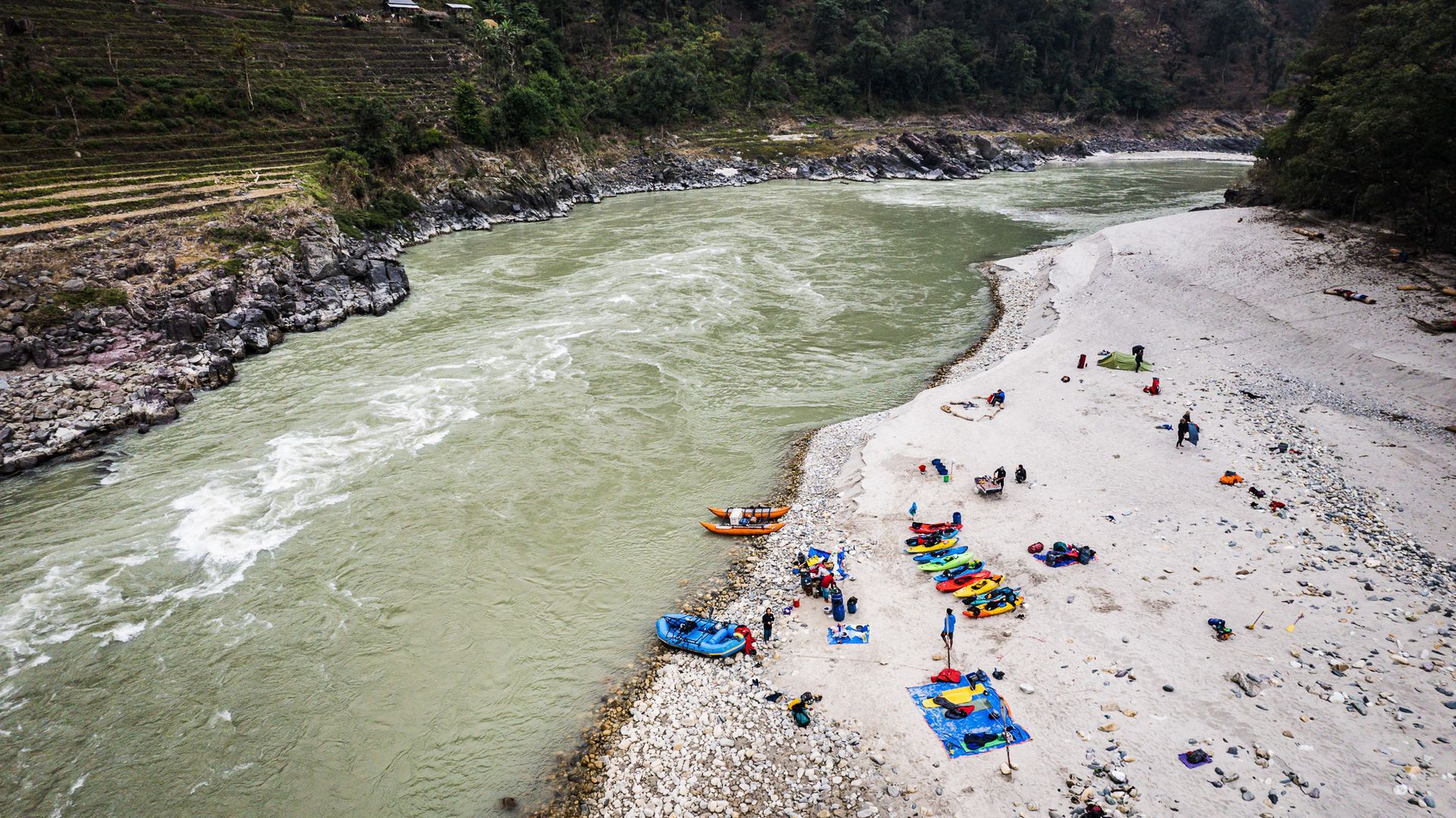
Slide title
Write your caption hereButton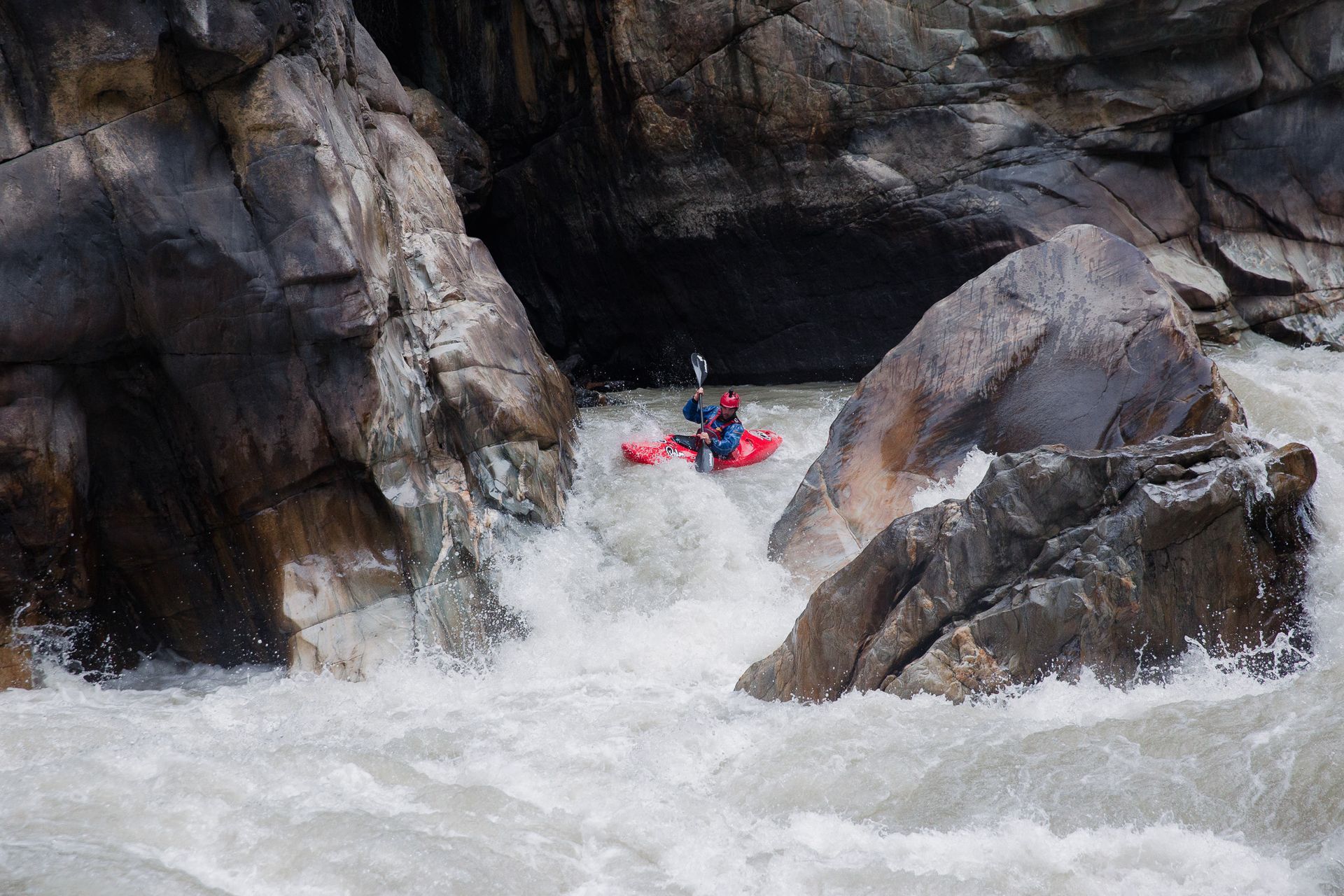
Slide title
Write your caption hereButton
Essential Infos
Cost Includes
- Private vehicles
- Hotels and Camping
- International certified guides
- Professional kayak guide/safety kayakers Cook/Helper
- Gear raft support
- Dry bags and pelican boxes to keep your personal items dry and safe on the river
- All the meals and treated drinking water
- Tents
- River permits
- First aid kits
Cost Excludes
- Lunch and Dinner whilst staying in Kathmandu and Pokhara.
- Entry fee while cultural visit in Kathmandu.
- International flights to Nepal.
- Bottled drinks (mineral water, any cold drinks, and alcoholic drinks) whilst on river.
- Your travel insurance.
- Expenses of personal nature such as tips for guide, porter and driver, bar bill etc
- Nepal visa fee is currently USD$ 50 (Or, £30) for 30 days.
- Any additional activities not in the itinerary.
Conquering high altitudes demands peak physical condition. We prioritize your success and will assess your fitness and experience during signup. This includes reviewing key performance data and past adventures. Based on this, we'll collaborate to craft a personalized training plan that maximizes your chances of reaching the summit. If your fitness or experience needs a boost, we'll work with you to explore options.
This payment policy outlines how to secure your spot and settle your balance for our adventure services.
Booking Confirmation: To ensure a smooth booking experience, we require full payment upfront to confirm your reservation for any of our adventures. The deposit amount varies depending on the specific trip and will be clearly stated during the booking process.
Payment Method: We currently only accept deposits and full balances via bank transfer. Details for our bank account will be provided upon booking confirmation.
Trip Confirmation: The full amount for your chosen adventure is due at the time of booking. Once we receive your bank transfer, your reservation will be confirmed.
Cancellations and Refunds:
Deposit Policy: Since we require full payment upfront, there's no separate deposit policy.
Trip Cancellation: In case you need to cancel your trip, please notify us as soon as possible in writing (email). Cancellation fees will apply based on the following schedule:
o More than 90 days before departure: after deducting 10% cancelation charge your deposit will be refunded.
o Between 15 and 60 days before departure: 30% cancelation fees will be applied.
o Less than 14 days before departure: No refund
Unforeseen Circumstances: We reserve the right to cancel or modify your trip due to unforeseen circumstances beyond our control (e.g., weather conditions, political unrest). In such cases, we will do our best to offer alternative arrangements or provide a full or partial refund depending on the situation.
Please Note:
• Prices listed on our website are quoted in USD and are subject to change without prior notice.
If you have any questions regarding our payment policy or booking process, please don't hesitate to contact us at +977 981 8182067 or info@himalayanoutdoorproject.com
We highly recommend purchasing travel insurance to protect yourself from any unanticipated circumstances that may impact your trip.
1. How Expensive Is Trekking In Nepal?
The cost of trekking in Nepal can depend upon many factors, including the number of days, trekking region, and difficulty level. Many treks are affordable, and some that are expensive.
In general, trekking in the Himalayas of Nepal can cost between US$100 to $200 per person per day. The cost includes trekking permits, accommodation, food, transport, guides and porters, and other expenses.
2. Do I Need A Trekking Permit In Nepal?
Yes, the majority of the treks in Nepal would require you to have a trekking permit. A common trekking permit that you require are the National Park/Conservation Area Project Permits which is applicable if your trekking trail passes through any national park or conservation area.
Restricted Area Permits are required in certain remote and rural areas near the borders that the Nepal Government highly regulates. Some areas like Upper Mustang, Dolpo, Humla, Kanchenjunga require this permit. An independent trekker cannot collect it. Hence, one should hire a registered Nepali travel agency to acquire the permit.
3. How Difficult Is Trekking In Nepal?
Trekking in Nepal has been categorized into three major difficulty levels - Easy to Moderate, Moderate to Difficult, and Difficult to Challenging.
Trekking in the Himalayas of Nepal often means walking in rugged trails with distant shattered lodges, no transportation facilities in rural areas, chances of high altitude sickness, and unprecedented weather changes in the Himalayas. They add to the challenge of trekking in Nepal.
4. What Is The Best Time To Visit Nepal For Trekking?
The best season for trekking in Nepal is the Autumn and Spring seasons. The autumn season lasts from September to November, while the Spring season lasts from March to May. These are the best months for trekking in Nepal. The weather is clear during these seasons with blue skies, fresh vegetation, blooming wildflowers, and ideal temperature. The views of the Himalayan range around Nepal are clear.
The winter season from December to February has temperatures dropping to -18 degrees celsius so it is not suitable for higher altitude trek. If you want to plan a trip in winter, keep reading our blogs about winter treks in Nepal. The Monsoon season from June to August is the
5. What essential documents do I need to bring with me on tour?
You need to carry your visa, passport, insurance policy documents, and relevant permits while coming for a trek to Nepal. Visa on arrival and some of the permits can be acquired after you land in Nepal as well. To acquire permits you would require to carry 3-4 passport sized photos.
6. What Happens If There Is An Emergency?
If there is an emergency while trekking in the himalayas of Nepal, your first point of contact can be our guide who has got the relevant safety training. They will arrange for any rescue mission by coordinating with the travel agency.
In case you have not hired a guide, then it is best to apply any available first aid that you have or head to the nearest healthpost set up near the trail. In the worst case you can get in touch with an agency in Kathmandu that offers Helicopter rescue for medical evacuation.
7. How Much Cash Should You Bring On The Trek?
The cash that you need to carry entirely depends upon the length of the trek and if you are opting to plan the trek with a travel agency or not. All the basic facilities like food, accommodation, porters and guides are provided by the travel agency if you go on an all-inclusive package with them. In that case, you need to bring cash only for your personal expenses, tipping and shopping.
8. How Do You Stay Healthy During A Trek In Nepal?
To stay healthy during a trek in Nepal, you need to maintain the correct balance of your diet and water intake. Make sure that you don't consume junk or heavily spiced food. Try to eat local produce where possible.
Drinking enough water is another way to maintain your health as the treks can go as long as 8 to 9 hours each day which can cause dehydration. Avoid tap water or groundwater at any cost so make sure to take purification tablets or drink bottled water.
9. How Far Will You Walk Every Day?
The average walking distance varies according to the topography, length of the trek and altitude. For example you would cover about 12km/7.5 miles each day during the 7 days Annapurna Base Camp trek. However, for the longer treks in remote areas, the distance covered could be more. On an average you may walk for 5 to 7 hours on a trek in the himalayas.
10. Can You Trek Alone In Nepal?
Yes, you can trek alone in Nepal except for some restricted areas where the government has made it compulsory to take a guide.
However, we don't recommend trekking alone in off seasons when there is a high chance of getting lost in the heavy snow. It is also not wise to trek alone if you are a first time trekker in Nepal.
11. Is Nepal Safe For Solo Female Travelers?
Nepal is a safe country for solo female travelers as the government takes all precautions to maintain the safety of the travelers. However in the trekking regions you need to properly plan the trek beforehand, keep your belongings to yourself, and wear non-revealing clothes as a precaution.
12. Why Should You Go Trekking In Nepal?
You should go trekking in Nepal to witness the diverse and rich culture, religion, traditions, and the majestic snow capped himalayas. The verdant hills and the rugged trekking trails make it perfect for getting connected with nature while flexing your muscles. Nepal has eight of the world’s tallest 8000m peaks and the most popular trails like Everest Base Camp trek and Annapurna Base Camp trek to name a few.
13. Will You Have To Carry Your Own Stuff?
Yes, you will have to carry your own stuff while trekking alone. If you have hired a porter then they will carry some of the heavy bags while you will be left to carry the rest. It is advised that you pack light so that you don't have to bear the heavy burden during the trek.
14. Can You Store Extra Baggage Or A Suitcase At The Hotel? Is There Any Cost?
Most of the hotels will not charge any extra cost for storing extra baggage or suitcase at the hotel. It is a good idea to do this if you will return back to the same route. Make sure that you don’t leave any jewelry, electronics or items of value in the baggage.
15. Is There Any Weight Limit For Domestic Flights?
For most domestic flights in Nepal, the free baggage weight limit is anywhere from 15 kgs to 25 kgs. Beyond the free limit, generally 7 kgs can be added for which there is extra baggage charge per kg. In addition to that, there is a free cabin/handbag limit of around 5 kgs.
16. What Is The Weight Limit For A Porter?
The travel agency’s all-inclusive package includes one porter for two trekkers. If you are not going in a package then you can hire a separate porter. Each porter can carry maximum 20-25 kgs of total weight which can be a heavy load shifted from your back.
17. Can You Have A Private Room In Tea House Accommodation?
Private rooms are available in most of the well-established tea houses in the lower altitude regions. However, in the high altitude regions, the availability of tea houses is scarce and the number of trekkers is high so trekkers have to spend the night in a dormitory on a sharing basis.
18. How Can You Get Drinking Water?
You can buy bottled drinking water in the stores or tea houses along the trail. However, the price of bottled mineral water rises as you head up the higher altitude. Alternatively, you can also buy boiled water from the tea houses at a relatively lower price.
To save money, you can also carry a purification tablet or reusable bottle with built-in filtration so that the water from local taps can be filled and filtered for drinking.
19. Does A Trekking Guide Carry First Aid? Do You Need To Bring Some Medicine?
Yes, the professional trekking guides assigned by the travel agencies carry first aid so that you won’t have to. Also they are trained in the first aid response in case of emergency. For an independent trek, you need to make sure of this before you hire a guide. Additionally, you can carry only the medicines prescribed by your doctor.
20. Where Will I Stay During The Trek?
You will be staying either in the tea houses/lodges or in camps/tents. While most of the trekking trails have tea houses at some walking distance, some remote areas don't have the facilities so you will be setting up tents for accommodation.
Popular and well established routes also have luxury lodges. Some well-trodden routes with ethnic communities living nearby have homestay accommodation as well.
21. What Is Tea House Trekking?
Tea house trekking is where you stay in the small mountain lodges that fall on the trekking trail. These lodges have all the basic amenities and are run by the locals residing in the area. They have basic facilities like a kitchen, eating space, public toilets and small bedrooms with minimal furniture.
Some even have hot water showers, wifi, and cell phone charging facilities. Of course, money is charged for the amenities used. While the price of rooms is generally lower, the food and other amenities cost more like the rise in altitude due to lack of transport facilities.
22. Are There Toilets Available During The Tea House/Camping Trekking?
Communal/public toilets are available in the tea houses along the trails mostly in high altitude areas. As these are squat pan toilets, you will have to get used to it. Some of the tea houses in the lower altitude may have an attached toilet near your room which can be a luxury.
However, for the camping treks in rural areas without a settlement nearby, you need to set up a makeshift toilet by digging a hole in the ground.
23. What Will I Eat During The Trek?
In most of the tea houses/lodges you can choose what to eat from a menu that includes both local meals as well as western cuisine. The most common meal is ‘Dal Bhat’ which is a set of rice, lentil soup, vegetable curry and pickles. As it is made from locally produced vegetation so it is cheap and also healthy.
However you can also choose to eat pancakes, porridge, eggs, potatoes, pizza and dumplings found commonly in many tea houses in the Everest and Annapurna regions.
24. Can I Get A Shower Along The Trek?
Most of the decent tea houses along the popular trekking trails have a hot water shower facility for which you have to pay an extra USD 1 or 2 per person per shower. If you don’t have the budget for it, you can shower in a gap of 2-3 days while using wet wipes, sponges, and wet towels as an alternative.
25. What Is Camping Trekking?
Camping trek is common and popular for remote trekking trails with no lodges. It requires you to set up camps/tents on your own for an overnight stay. Although it can be tedious, it keeps you closer to nature and wildlife while also making you self-sufficient.
26. What Kind Of Luggage Should I Bring?
For your most valuable and frequently used items, you need to carry a small 30L daypack/backpack with yourself. Additionally bring a large duffle bag for your rarely used items like heavy clothing and equipment which can be carried by the porter.
27. Is Internet Access Available While Trekking?
Internet connection is available in most of the trekking regions in Nepal. As you go to the higher altitude the connectivity will be erratic. Wifi is accessible in some of the tea houses in popular trekking routes. The owners will charge about USD 2 for an hour of usage but the connectivity can be uncertain.
The popular trekking trail in the Everest region has Everest Link ISP so the internet works throughout the trail in different tea houses and lodges.
Alternatively, you can also get prepaid SIM card internet service by buying data packages from two popular companies NCELL and NTC. You can expect 3G service in Annapurna and Everest region while using this. In the higher altitude it is tough to get cellular network.
28. Can I Use Credit Cards In The Places We Visit While Trekking?
Credit cards can be used in ATMs and POS facilities available in the urban city areas. However, once you start walking in the trekking trails with distant settlements, the tea houses only accept cash payment.
Hence it is best to carry Nepali currency with you rather than relying on credit cards in the himalayan trekking trails.
29. How Long Should I Go Trekking In Nepal?
You can go trekking in Nepal for anywhere from as short as 5 days to as long as 30 days. The length of the trek will depend upon your budget, physical fitness, time to spare, trekking region and route.
While the short trekking in Nepal is mainly centered around the foothills and lower altitude, the long treks branch out to the Himalayas and high altitude passes.
30. How Do I Prepare For Himalayan Treks In Nepal?
Trekking in the Himalayas of Nepal can be an adventurous and challenging experience. However, with the correct preparation, it can be smooth and successful. To prepare and plan for himalayan treks in Nepal, you need to do some research about Nepal and the different trekking regions compared to your time, budget, and physical fitness.
Prepare yourself physically by regularly working out, running, jogging, swimming, or cycling to build your stamina. Avoid eating junk food, smoking, and drinking alcohol profusely. Besides maintaining your diet, you can also take short hikes or treks around nearby hills and mountains.
31. How Is A Lodge Or Tea House Trek Operated In Nepal?
Lodge or Tea House Trek are accommodations alongside the trekking trails in Nepal. The Tea houses got their name because these were previously places where trekkers could relax and sip a cup of tea during their trek. Now, they have been transformed to full accommodation.
The locals operate these tea houses across different trekking regions like Langtang, Everest Annapurna, Manaslu, and more. While some locals/tea house owners reside in the tea houses, some generally run the tea houses seasonally and head back to the home in lower altitude regions in the off-seasons.
32. Do You Need A Guide To Trek In Nepal?
Taking a trekking guide is not mandatory in all trekking regions of Nepal. Except for the restricted regions like Upper Mustang and Dolpo, you would not be required by the authority to take a guide for your treks.
We highly suggest that you hire one if you plan to trek in the Himalayas of Nepal. A professional guide is one of the most valued local knowledge and safety sources. Guides can help you navigate the route, give insights into the culture, traditions, and history, and make interacting with the locals easier.
Moreover, they can assist and advise during unfortunate altitude sickness or health issues.
33. Do You Need A Porter To Trek In Nepal?
It is not compulsory to hire a porter for all your treks in Nepal. Generally, the all-inclusive package offered by the travel agencies includes a porter.
If you don't wish to take a porter then you can ask the agency to exclude the porter from the package. Whereas, if you are trekking independently, then you can decide on hiring or not hiring a porter as well.
We suggest that you take a porter along with you as they are well acquainted with the trekking trails. Moreover, it is ethical to hire a porter as they are provided with seasonal employment, which helps in uplifting their economic status. Also, the more you interact with them, you get an even better picture of the culture and traditions of the local mountain communities.
34. Is It Safe To Travel To Nepal?
It is safe to travel in Nepal as Nepal welcomes guests as gods and treats tourists with the utmost respect. The local communities living along the trekking trails are humble and welcoming. The serious crime rate in Nepal is relatively lower.
35. What Type Of Insurance Should I Get?
Trekking in Nepal's high and rugged terrains can be risky as it involves reaching altitudes of over 4,000m/ 13,123ft. At this altitude, there are risks of altitude sickness, common ailments, and digestive issues. Travel insurance while visiting foreign countries is always advised as a safety net.
Hence, while taking insurance, make sure that the policy covers the maximum altitude of the trek and the activities being undertaken. Also, ensure that it covers helicopter and ambulance rescue costs, evacuation, medical expenses, and trip cancellation in case of contingency.
36. Will I Get Altitude Sickness?
Altitude Sickness, known as Acute Mountain Sickness (AMS), is relatively common in high-altitude treks above 3,000m/ 9,842ft trails. It is usually caused when you ascend to higher elevations quickly. The brain cannot get enough oxygen as the oxygen level in the air is lower as altitude increases which makes it difficult for the body to adjust to the changing elevation.
It causes mild to severe symptoms like dizziness, headache, sleeplessness, and breathlessness to hallucination, and even coma.
If you reside in a higher altitude region or have had the experience of high altitude treks in the past, then the chances are that you might not easily get altitude sickness. Also, if you follow the itinerary correctly, walk slowly in higher altitudes, take the appropriate acclimatization day, then the chances are lower.
37. Which Is The Longest Trekking Route In The Himalayas Of Nepal?
The longest tour is often considered the Upper Dolpo Trek in the remote trans-Himalayan region of Mid-west Nepal, which takes about 27 days to complete. On average, each day, one would have to trek from a minimum of 3 hours to a maximum of 8 hours.
Another lengthy trek is the 26 days long Mustang Teri La Pass and Nar Phu Valley Trek in the remote Manang and Mustang region. On average, one would have to walk 5 to 6 hours each day.
The Kanchenjunga Trek of 24 days Everest Three Pass Trek of 20 days are also regarded as some of the longest treks in Nepal.
38. What To Wear While Trekking In Nepal?
While trekking in Nepal it is essential to wear clothing that suits the rugged terrains and cold temperatures.
For the upper body wear long-sleeve shirts and carry some t-shirts for the trek. Carry lightweight thermals, fleece Wind stopper, down jacket, and down vest as the temperatures can be freezing. Waterproof shell jackets can also be carried. Wear non-cotton breathable briefs, lightweight thermals, and fleece or wool trousers. It is best to carry hiking shorts and hiking trousers best for foothill walks.
For the head make sure to wear a headscarf and beanie or a balaclava. Wear UV protection sunglasses and sunhat to protect against scorching sunny days. Wear lightweight poly liner gloves and a pair of polar fleece mittens in the hands. To keep the feet warm, wear lightweight inner socks and hiking socks, hiking boots with ankle support.
Related Experiences
Lobuche Summit
This trip if for the fit and who wants a hand on mountaineering and get high altitude experience. You need not have any mountaineering...
Manaslu & Larkya Peak
The Manaslu Circuit is outright special. The trek follows an ancient salt–trading route along the steep-sided Budhi Gandaki...
Upper Mustang MTB
Upper Mustang is a remote and culturally rich region located in the northwestern part of Nepal. It is often referred to as the "Last...
Kayak Nepal 21 Days
The 21-day whitewater adventure in Nepal sounds even more exciting with the addition of coaching to improve paddling...






